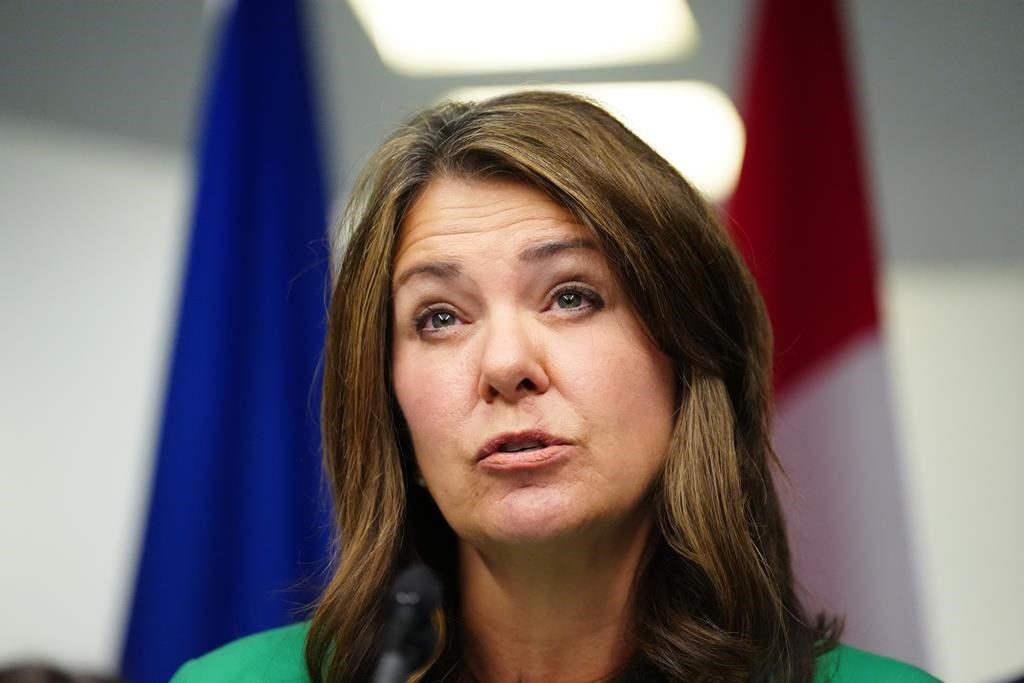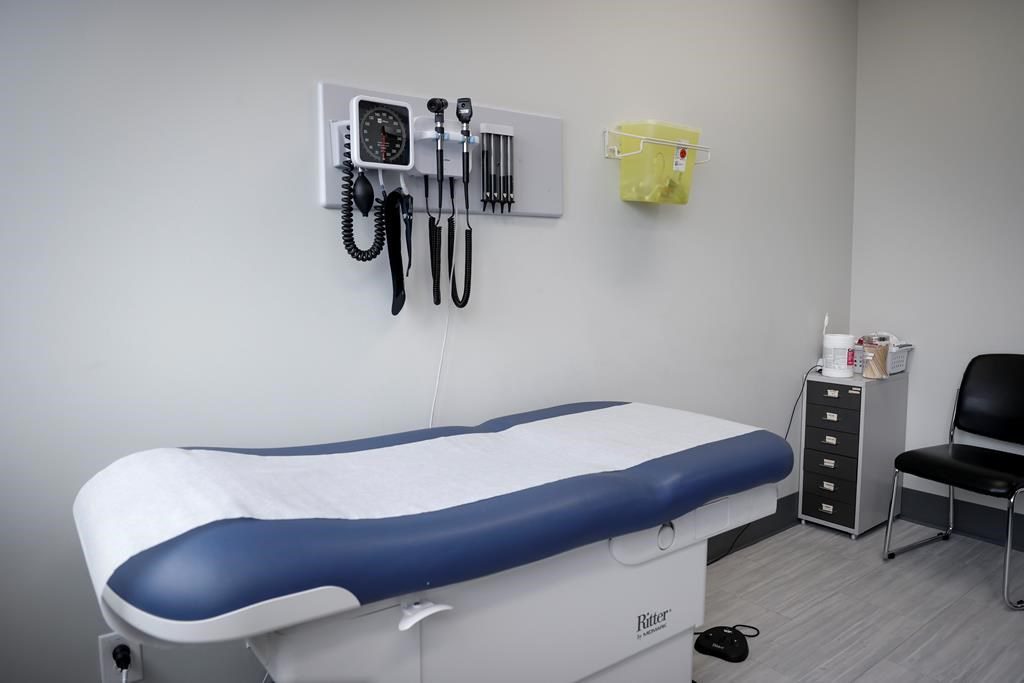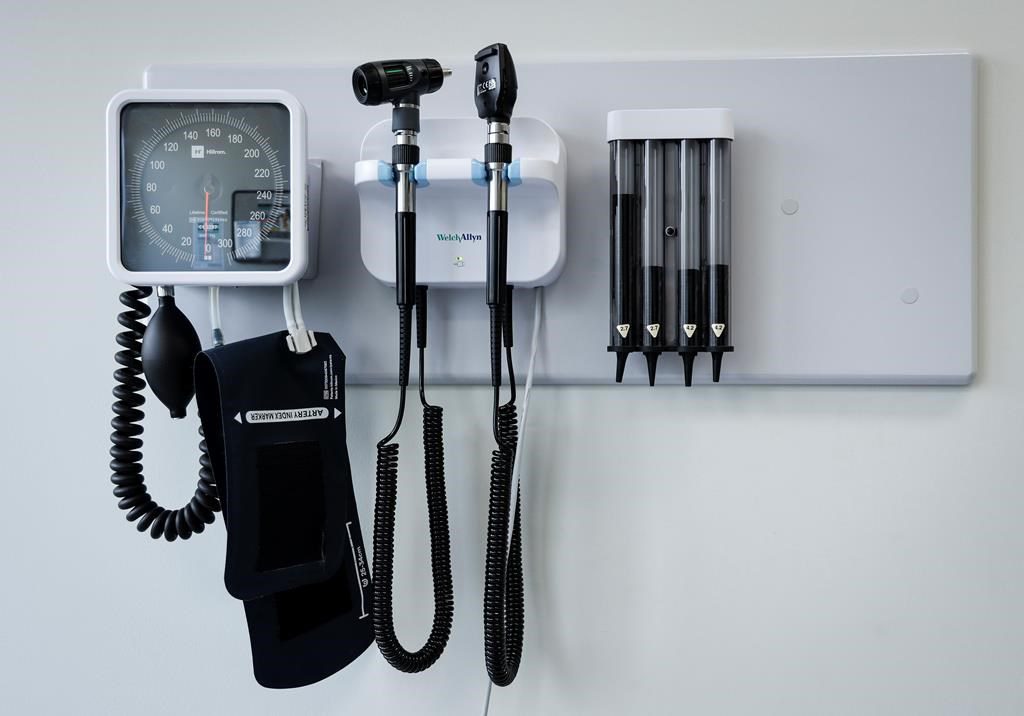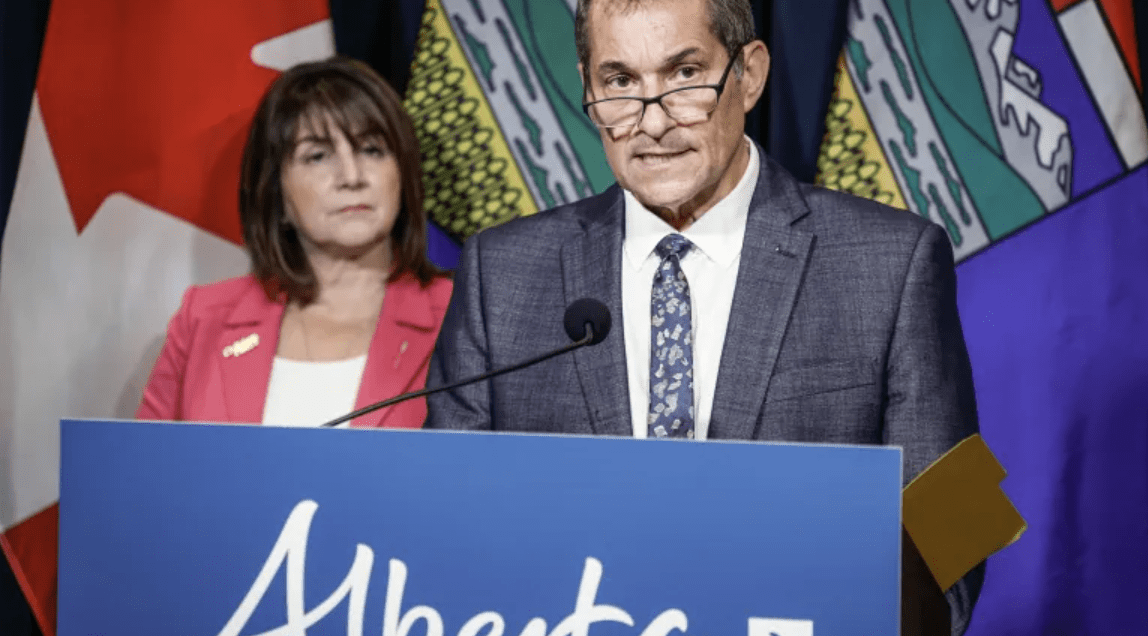Why do governments forget from crisis to crisis just how important protecting public health can be?
In Alberta, a province where public health became a political punching bag during the Covid pandemic, the question of where it stands as a government priority is particularly muddy.
Last September one of those public health crises rocked Calgary. An E-coli outbreak at several daycares entailed 450 infections, with 38 children and one adult requiring hospitalization. Some families are still dealing with the effects of the illness.
There were no fatalities.
This week a probe helmed by former Calgary police chief Rick Hanson pinpointed a number of problems in food inspection and enforcement, and offered a suite of solutions.
“The system responsible for food safety needs significant update and reform,” Hanson said.
The outbreak involved a commercial kitchen serving a chain of daycares. A meatloaf lunch was the common thread. But hard and fast evidence of exactly where the E.-coli came from is lacking.
The kitchen owners will face a licensing violation charge from the city of Calgary in September.
Premier Danielle Smith and Health Minister Adriana LaGrange offered the expected assurances that the study’s recommendations will be adopted. Some changes may take until spring next year since legislative changes are required.
The probe advocates the refocusing of the jobs of the food inspectors to take on an investigative role when there are chronic problems at a facility. Consequences need to be strengthened.
The system has also been groaning under the backup in inspection workload created by Covid. The report on the outbreak showed only 82 per cent of the required inspections are completed annually.
At the press conference, LaGrange said improvements are already underway and inspections will be increased. But she became a bit vague when asked about funding and inspector numbers.
Smith commented that it will take a bit of time to work out a balance in terms of new regulations for daycares.
“We don’t want to create a bunch of additional rules if it’s unwarranted,” she said. While commercial kitchens certainly require rules, she raised the issue of daycares dealing with outside food from parents who packed lunches for their kids.
More disturbing was Smith’s response to a wider question about the performance of Alberta Health Service during the crisis. The hospital response was terrific, Smith admitted.
But she implied it was not so great on the inspection side.
One of Smith’s campaign keystones during the provincial election was taking the powerful Alberta Health Services down a peg or two and reducing the role of the Medical Officer of Health. That was in response to Covid restrictions which galvanized her far-right base.
“When it comes to this role of public health inspection, food inspection offices, going into child care operations, going into restaurants, I’ve had a conversation with my health minister — under our new refocusing, is this really Alberta Health Service’s job or is it Alberta Health’s job?We haven’t made a decision yet about reorienting that department.”
The dismantling of Alberta Health and restructuring health care in the province into four separate units was announced in early spring, but apparently where public health should fall in that new structure still hasn’t been worked out.
Public health, a government responsibility which is crucial in times of crisis, doesn’t feature in the media releases about the restructuring process which splits the province system to focus on primary care, acute care, continuing care, and mental health and addictions.
However, the political implications of public health decisions have taken a partisan spotlight, with the government taking power away from the medical officer of health and giving sweeping power to cabinet in times of public health crises such as pandemics.
The function of public health isn’t restricted to mask and vaccination mandates. Foreseeing and preventing widespread contagion falls to public health medical staff and researchers.
The government needs to send a message that it is prioritizing public health and providing the resources to protect Albertans. That might include biting the bullet and bringing in some “red tape” food safety regulations. It should involve re-establishing public trust in the Medical Officer of Health.
Preventing the next public health crisis will take common sense commitment, devoid of interfering politics.













